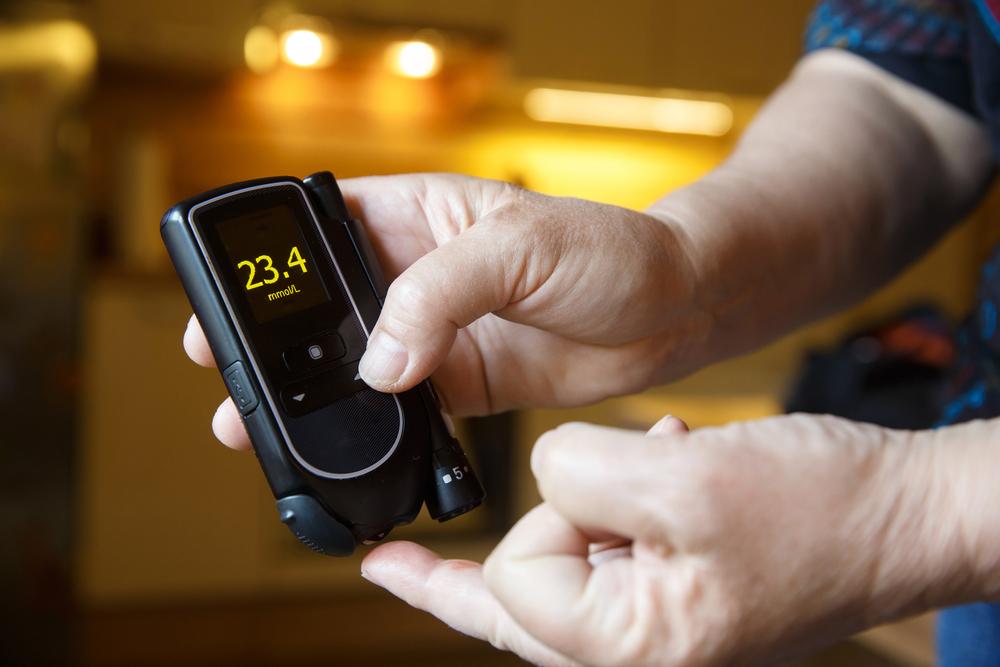Understanding the Causes, Symptoms, and Treatments of Diabetes
Diabetes can be termed as a condition where people do not produce enough insulin to meet their body’s needs or when the cells do not respond properly to insulin. Insulin is an important component in the body because it moves glucose, a simple sugar, into the body’s cells from the blood. If insulin isn’t available or doesn’t work properly to move glucose from the blood into the cells, then the glucose remains in the blood thus resulting in high blood glucose levels.
High blood sugar levels are toxic for the body as the cells do not get glucose and are lacking the fuel they need to function properly.

Approximately 30.3 million people, i.e., around 9.4% of the total population in the country suffer from diabetes, while around 84.01 million people are estimated to have pre-diabetes and aren’t aware of it.
Causes of diabetes
Type 1 diabetes
- A person suffers from type 1 diabetes when the pancreas cannot produce insulin. People suffering from type 1 diabetes are required to be injected with insulin. Most of the people are diagnosed with type 1 diabetes during their childhood or adolescent years.
Type 2 diabetes
- A person suffers from type 2 diabetes when the pancreas does not make enough insulin or the body does not use insulin properly. Adults are usually diagnosed with this type of diabetes, although in some cases, children may be affected as well.
- Obesity can be termed as a leading cause of insulin resistance, as about 90% of the people with type 2 diabetes are either obese or overweight. A family history of this disease also shows increased chances of developing it.
Symptoms of diabetes
Type 1 diabetes symptoms can start quickly—within a matter of weeks, whereas type 2 diabetes symptoms often develop slowly—over the course of several years and can be so mild that one might not even notice it. Some of the symptoms of diabetes include the following:
- Increased thirst and urination
- Feeling fatigue
- Increased hunger
- Blurred vision
- Tingling sensations or numbness in the hands and feet
- Unexplained weight loss
- Sores that do not heal
Many people suffering from type 2 diabetes have no symptoms. They only find out about this disease until they have diabetes-related health problems like blurred vision or heart trouble.
Treatments for diabetes
- Type 1 diabetes is not preventable as of now; however, studies have shown that type 2 diabetes can be prevented by adopting lifestyle changes that include moderate weight loss through healthy eating and exercising regularly.
- Treatment for type 1 diabetes aims at maintaining normal blood sugar level through regular monitoring, insulin therapy, diet, and exercise.
- Treatment for type 2 diabetes includes diet, exercise, medication, and insulin therapy.
- For type 1 diabetes, one needs insulin either from injections or through use of continuous pumps. Injectable insulin comes in five types which include rapid-acting, regular or short-acting, intermediate-acting, long-lasting, and ultra-long-acting.
- For type 2 diabetes, only diet and exercise are enough but some people may need oral medications which may include insulin and oral drug. These are chlorpropamide, glimepiride, glipizide, acarbose, miglitol, metformin, etc.
If any of the symptoms are being noticed, one should not delay and visit a doctor at the earliest. This will help in maintaining optimum insulin levels in the body and containing the condition so that it does not prove to cause any life-threatening conditions.

